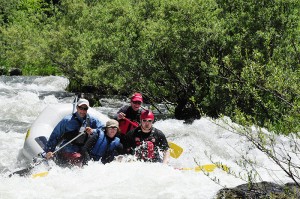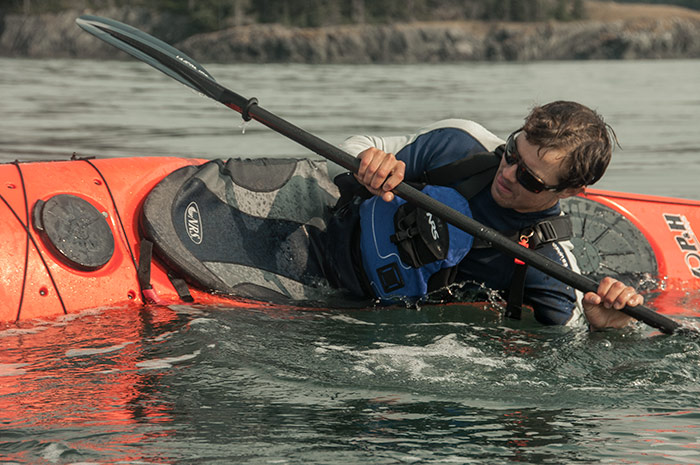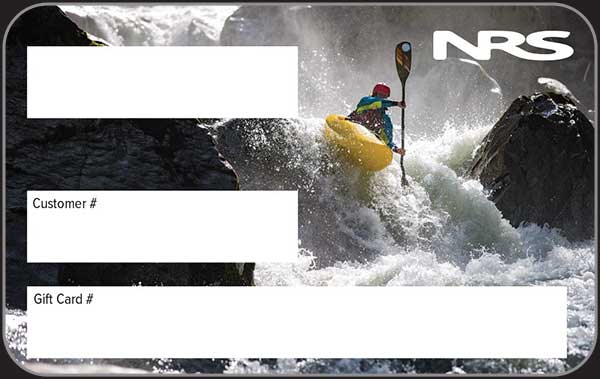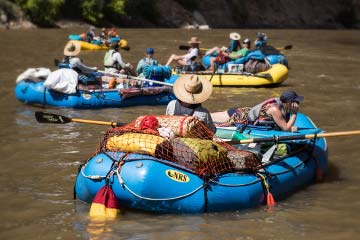How Much Risk Should Boaters Take?
How much risk are you able, and/or willing, to take? Life is about balancing risk and reward, and so is boating. Every time we venture out on the water, we’re taking a risk. This water world that we so enjoy is an alien world for us air-breathing land mammals; we can’t breathe in it, and we can’t stay in it indefinitely. We go out on it, enjoy it and then, hopefully, return safely back to land.
 Whether you’re going out for an hour’s paddle on a lazy lake, venturing out on a week-long wilderness or ocean trip, or hucking off towering waterfalls, you are taking risks. Whether you return safely, whether you reap the benefits of taking the risks, depends on how mentally and physically prepared you are for the journey. Sure, you can occasionally dumb-out, do something stupid, and get away with it, but don’t count on it. As the old aviation saying goes, “There are old pilots and bold pilots, but there are no old, bold pilots. Roll the dice often enough, and they’ll eventually come up snake-eyes.
Whether you’re going out for an hour’s paddle on a lazy lake, venturing out on a week-long wilderness or ocean trip, or hucking off towering waterfalls, you are taking risks. Whether you return safely, whether you reap the benefits of taking the risks, depends on how mentally and physically prepared you are for the journey. Sure, you can occasionally dumb-out, do something stupid, and get away with it, but don’t count on it. As the old aviation saying goes, “There are old pilots and bold pilots, but there are no old, bold pilots. Roll the dice often enough, and they’ll eventually come up snake-eyes.
Here are things you can do to manage the risks inherent in boating:
- Always wear your life jacket; it’s your No. 1 piece of safety equipment. Even if you’re doing something stupid, that jacket can still save your life.
- Start slow. Learn the skills you need to stay safe as you progress in your chosen water sport. Quickly jumping into Class V rivers or long open-ocean crossings is a recipe for having the rewards overwhelmed by the risks.
- Study and practice. Take classes, master several types of kayak rolls, join a local club, go with experienced boaters, take a swiftwater rescue course, learn navigation skills, and take advanced first aid and CPR classes. We’ve enlisted an outstanding group of Team NRS athletes who regularly report on amazing risky adventures. But talk with any one of them, and you’ll find they’ve honed their skills over endless hours of learning and practice to prepare themselves for the risks they take.
- Make sure you’ve got the right apparel for the type of boating you’re doing. Always “dress for the swim, making sure you’ve got the proper base, insulating and outer layers to keep you safe for the water temperature. Sure, some of it is expensive, but none of it costs more than a funeral.
- Having the proper safety and rescue gear can make the difference between life and death, success and failure, for you and the people you boat with. And it’s not enough to just have it; you must practice with it so you know how to use it when it’s needed.
- Use good judgment. A large part of managing risk is the mental game. Resist running that river section that’s beyond your skill level. Sure, people paddle out to that island, but are you equipped to self-rescue if something goes wrong? Use the many resources available today; check the weather and tide charts, read the guidebooks, talk to the local paddling shop, do a good web search. Then, weigh the risks against the benefits. Remember, going out is optional, coming back is mandatory.

At NRS, we strongly support safe boating. Check out our many online safety articles, and take a look at all of our safety and rescue blog posts. If you have questions about safety and gear, go ahead and contact us—our knowledgeable customer service team will be glad to help.
Boat Safe!
 NRS Gift Card: Always Fits, Always Wanted
NRS Gift Card: Always Fits, Always Wanted




